flamingo lost spring
1/25
There's no tags or description
Looks like no tags are added yet.
Name | Mastery | Learn | Test | Matching | Spaced |
|---|
No study sessions yet.
26 Terms
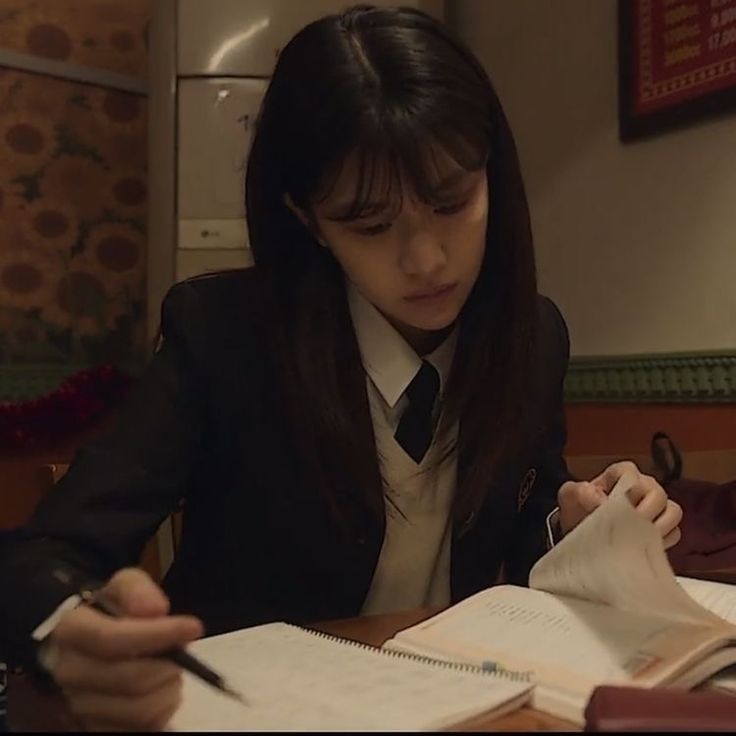
Who is the author of Lost Spring?
✍ Anees Jung is a prominent Indian writer and journalist.
📚 She highlights issues of child labour and poverty through real-life narratives.
🧸 In Lost Spring, she explores the lost childhood of poor children.

What does the title Lost Spring signify?
🌸 “Spring” represents childhood, joy, and growth.
💔 The title reflects how children like Saheb and Mukesh lose their youth to labour.
📉 Poverty and social injustice steal their dreams and innocence.

What is Saheb’s full name and what does it mean?
📛 Saheb’s full name is Saheb-e-Alam, meaning “Lord of the Universe.”
😢 Ironically, he is a poor ragpicker with no control over his life.
💭 His name contrasts sharply with his miserable reality.

Why did Saheb’s family leave Dhaka?
🌪 Their agricultural land in Dhaka was destroyed by frequent storms.
💸 The family suffered from poverty and hunger.
🧳 They migrated to Seemapuri hoping for survival and food.
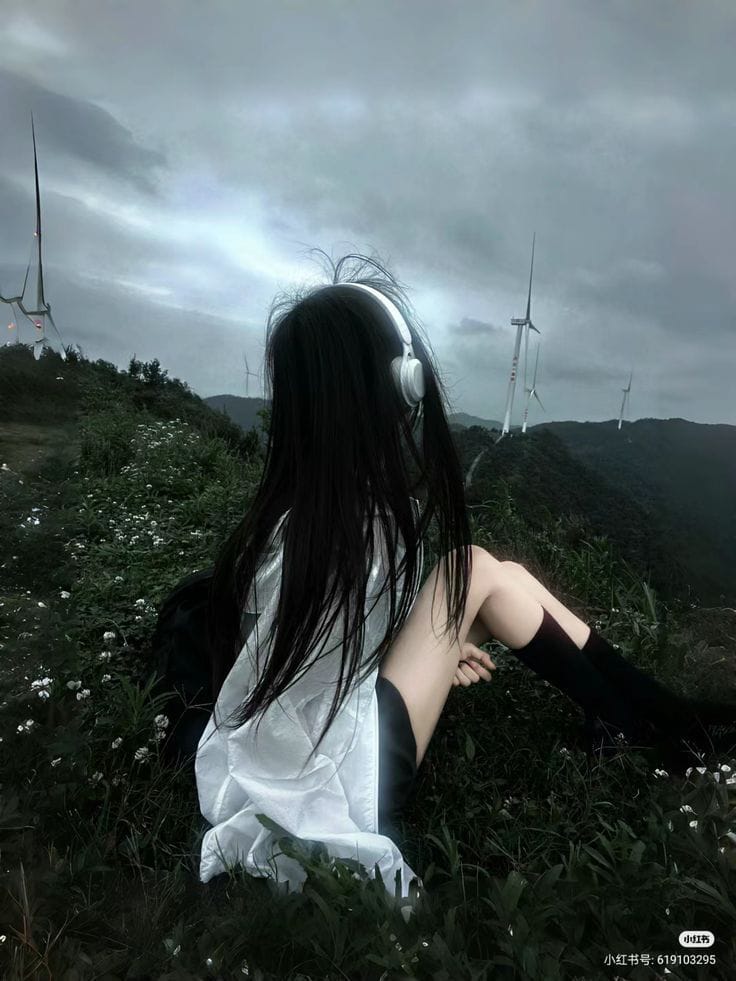
What does Saheb search for in garbage dumps?
🔍 Saheb looks for useful or valuable items like coins and scrap.
🗑 Garbage offers him both hope and livelihood.
💰 For him, “garbage is gold” — his only means of survival.

What is the irony in Saheb’s name?
📛 “Saheb-e-Alam” means “Lord of the Universe.”
🥺 In reality, he is a poor child collecting garbage.
💢 The name shows a stark contrast between appearance and reality.
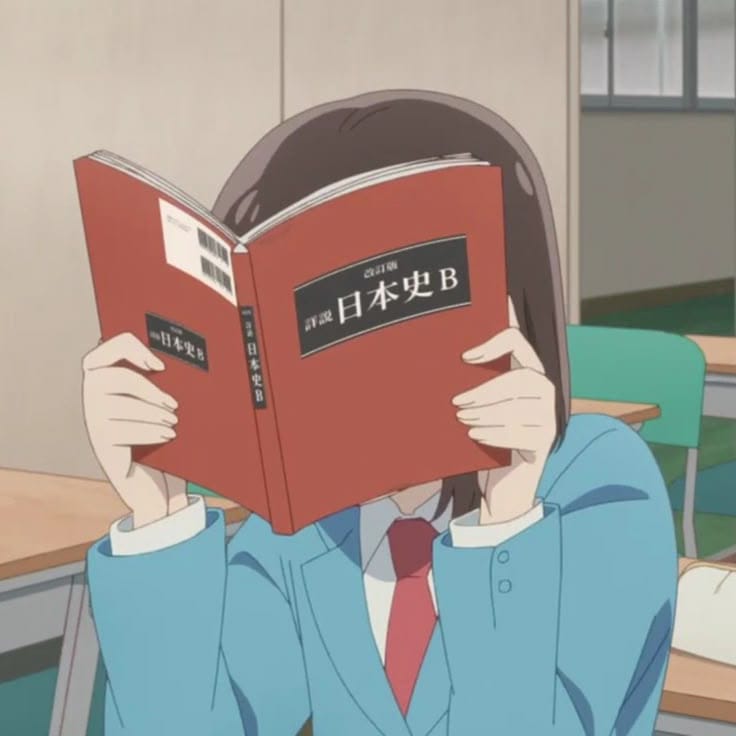
Why is Seemapuri important in the story?
📍 Seemapuri is a slum near Delhi, home to many refugees.
🧳 Saheb’s family migrated here from Bangladesh for survival.
🏚 It reflects extreme poverty, yet offers food and shelter.

What job does Saheb take later and how does he feel?
☕ Saheb takes up a job at a tea stall for ₹800/month.
⛓ Though he gets money, he loses his independence.
😞 He feels burdened and no longer “his own master.”

What does the author see in Saheb’s hands one winter morning?
👟 A torn tennis shoe — something Saheb found in the garbage.
💭 It shows his desire for a better life, even through scraps.
🎾 The shoe symbolizes small dreams amidst poverty.

Why does the author say “garbage to them is gold”?
🗑 For poor families, garbage is their source of income.
✨ Children see it as exciting — they find unexpected treasures.
💰 It ensures survival in the absence of education or jobs.

Why is Saheb unhappy working at the tea stall?
☕ Saheb starts working at a tea stall for ₹800/month and meals.
⛓ Although he earns money, he loses his freedom.
😞 The job makes him feel bound and burdened — he is no longer his own master.
🥺 His dreams of playing tennis and freedom fade away under the weight of responsibility.
🎭 The author uses irony to show how employment doesn't always bring happiness for poor children.
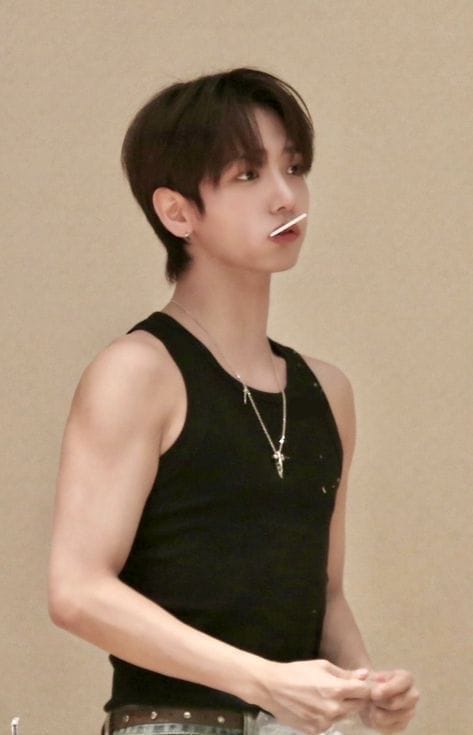
Describe the life of ragpickers in Seemapuri.
📍 Seemapuri is a slum in Delhi, inhabited by Bangladesh refugees.
🗑 People survive by ragpicking — garbage becomes their livelihood.
🧃 Children grow up helping parents search dumps for food or coins.
🏚 Houses are temporary, without basic amenities, yet people refuse to return home due to hunger.
💔 Their life is a daily struggle for food, not dreams.

Why did Saheb and his family come to Seemapuri from Dhaka?
🌪 Frequent storms destroyed their farmland in Dhaka.
🍚 There was no food or income, leading to starvation.
🧳 In search of a better life, they migrated to Seemapuri.
🏚 Though Seemapuri offers poor living conditions, it gives them survival through ragpicking.
❗ The shift shows the harsh choices the poor make to escape death.

What does the author say about the children working in glass furnaces of Firozabad?
🔥 Children work in hot glass-blowing factories without protection.
😓 They suffer health problems like losing eyesight at a young age.
🚫 They are forced into family traditions and denied education.
🧓 Generations are trapped in this vicious cycle of poverty and labour.
💢 The author criticizes the system for stealing their childhood.
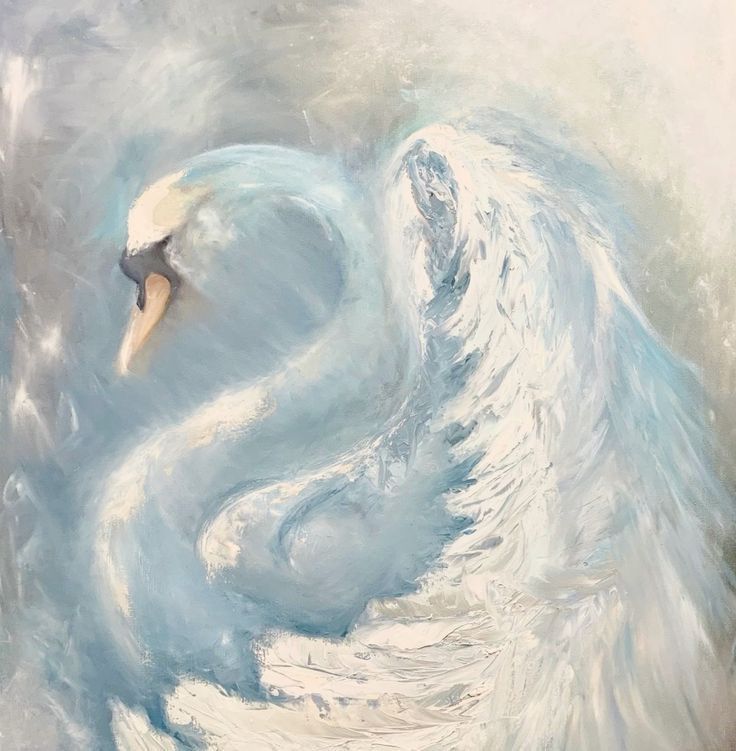
Why do the children in Firozabad not dream of anything else?
🧿 They are born into families of bangle-makers — it's all they know.
🪪 Lack of education and awareness keeps them in darkness.
💬 “It is his karma” — elders justify it as destiny.
❌ Fear of police and exploitation prevents them from protesting.
💔 Their dreams die before they are born — a life without choices.

How is Mukesh’s attitude different from others in Firozabad?
🚘 Mukesh dares to dream of becoming a motor mechanic.
🛠 He wants to break free from the family tradition of bangle-making.
🧠 He is aware that it will be tough, but he is determined.
🚶 He wants to walk to the garage, even if it's far.
🌟 Mukesh represents hope and courage to change one's fate.
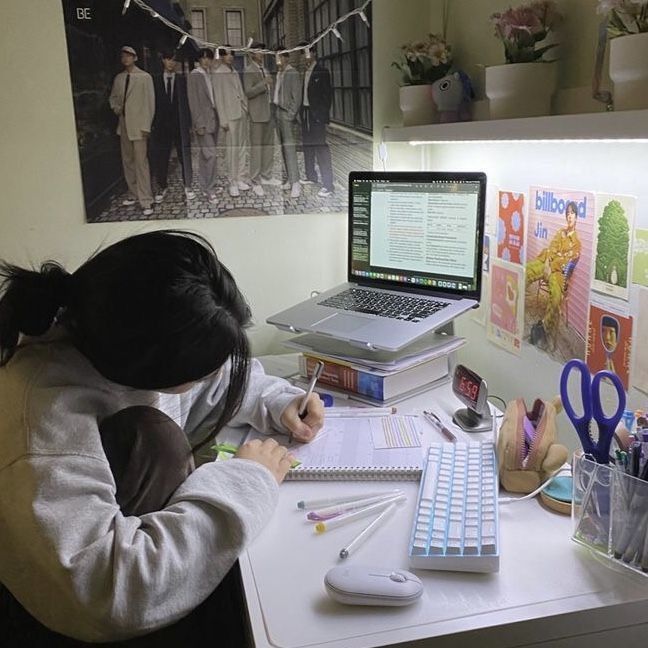
How does the title Lost Spring justify the theme of the chapter?
🌱 “Spring” symbolizes childhood — full of hope, joy, and new beginnings.
💔 For children like Saheb and Mukesh, this phase is lost to poverty and child labour.
💡 Their innocence, dreams, and education are sacrificed for survival.
📖 The title conveys the tragic loss of childhood dreams under harsh realities.
🎯 Aptly highlights the central theme of stolen youth.

What social issues does Lost Spring highlight?
🚫 Child labour — kids working instead of learning.
💰 Poverty — families stuck in low-income, exploitative jobs.
🪢 Tradition vs Change — forced inheritance of professions.
🚷 Lack of education — leads to a cycle of helplessness.
📣 The chapter is a strong social commentary on inequality and neglect of poor children.

What is the irony in Saheb’s name?
🙃 “Saheb-e-Alam” means Lord of the Universe.
😢 But Saheb is a barefoot ragpicker, living in extreme poverty.
🧺 He collects garbage to survive, not rule anything.
🎭 The grand meaning of his name contrasts with his harsh reality.
📘 This irony reflects the broken dreams of poor children.
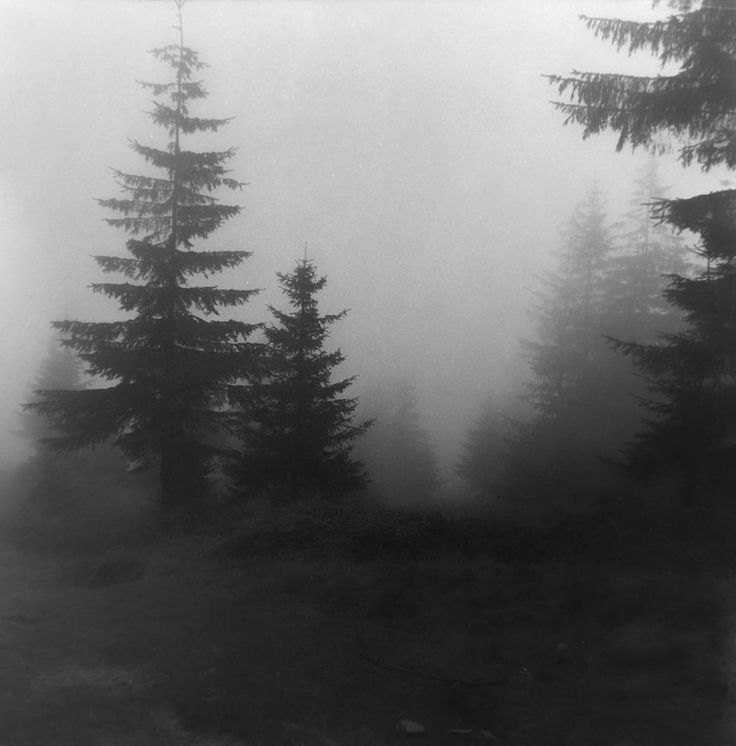
Why does the author feel ashamed to offer shoes to Saheb?
👟 When the author suggests he wear shoes, Saheb says he never owned any.
🥺 She realizes her advice is empty and privileged.
💭 She feels guilty for offering charity instead of change.
🧠 The moment makes her aware of the deep-rooted poverty.
😓 It reflects the emotional impact of inequality.
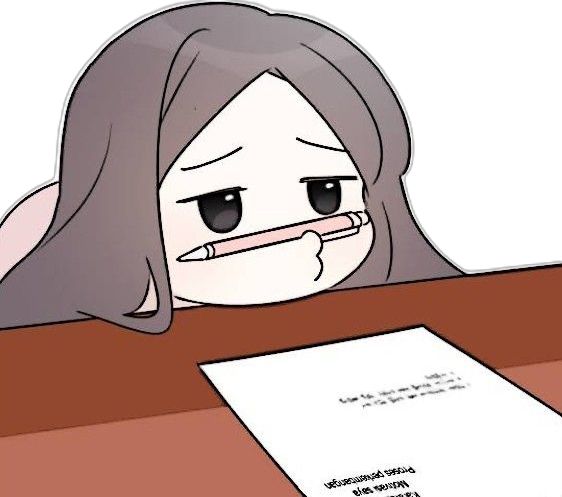
Compare and contrast the lives of Saheb and Mukesh. How are their dreams different?
Introduction:
Lost Spring presents two real-life stories of child labourers — Saheb and Mukesh.
🧒 Both face poverty, but their attitudes toward life are different.
Body:
🥺 Saheb: Works as a ragpicker, then at a tea stall. Dreams of playing tennis, but accepts reality.
⛓ Loses freedom, becomes bound by work, and gives up on his dreams.
💪 Mukesh: Works in a bangle-making family but wants to become a motor mechanic.
🚶♂ Ready to struggle, walk miles to achieve his dream, unlike others in his community.
🌟 Represents hope, self-belief, and breaking tradition.
Conclusion:
While both suffer, Mukesh dares to dream and act.
🛠 The contrast shows how courage can change fate even in poverty.

“Saheb is no longer his own master.” Comment on his transformation and loss of identity.
Saheb starts as a free-spirited ragpicker, roaming barefoot but with dreams.
He finds small joys in garbage, hoping to discover coins, shoes, or wonders. 🧺
Later, he gets a job at a tea stall — earns ₹800 and meals.
But now he works under a boss, wears someone else’s shoes, and feels burdened. 🥾
The author notes he has lost freedom and identity, becoming just another worker.
His name “Saheb-e-Alam” (lord of the universe) becomes ironic — he rules nothing.
📌 Conclusion: His story reflects how poverty forces children to trade dreams for survival and freedom for wages.
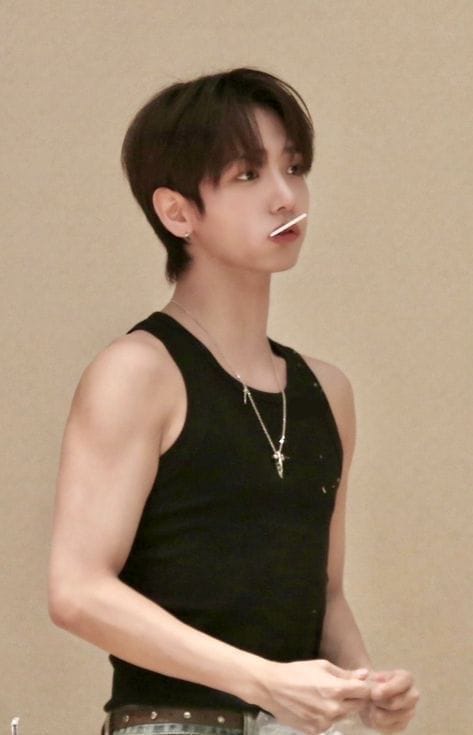
Discuss the living conditions and daily struggle of the ragpickers in Seemapuri
Seemapuri is a settlement near Delhi, inhabited by Bangladeshi refugees. 🌍
The homes are mud structures with no sewage, drainage, or clean water. 🚱
Ragpicking is their only livelihood — they pick garbage to find sellable items.
For children, it’s a game of luck; for elders, it’s a means of survival.
They lack education, identity proof, or proper food, yet refuse to return to Bangladesh.
Life is insecure, but “food is more important than identity.”
📌 Conclusion: The lives of these ragpickers reveal how extreme poverty forces people to live in inhuman conditions.

Describe the working conditions of bangle-makers of Firozabad. What problems do they face?
They work in dark, hot, suffocating rooms with glass furnaces.
Lack of proper ventilation causes eye problems and diseases. 👁
Wages are low, hours are long, and they have no social security.
They are caught in a vicious cycle of poverty and tradition. 🔁
Even child labour laws are violated openly with no action taken.
Girls and boys start working at an early age, losing out on education.
📌 Conclusion: Their lives reflect deep exploitation — physical, emotional, and economic.

“It is his karma, his destiny.” How does this belief trap people in generations of poverty?
In Firozabad, people believe they are born to make bangles — it’s their unchangeable fate.
This blind acceptance keeps them stuck in generational poverty.
They don’t even try to break free or dream differently. 😔
It benefits the middlemen and moneylenders who exploit their labour.
Education is ignored, so the cycle continues with no way out.
Mukesh is an exception — he questions this fatalism.
📌 Conclusion: The chapter shows how belief in destiny can become a dangerous excuse for inaction and oppression.
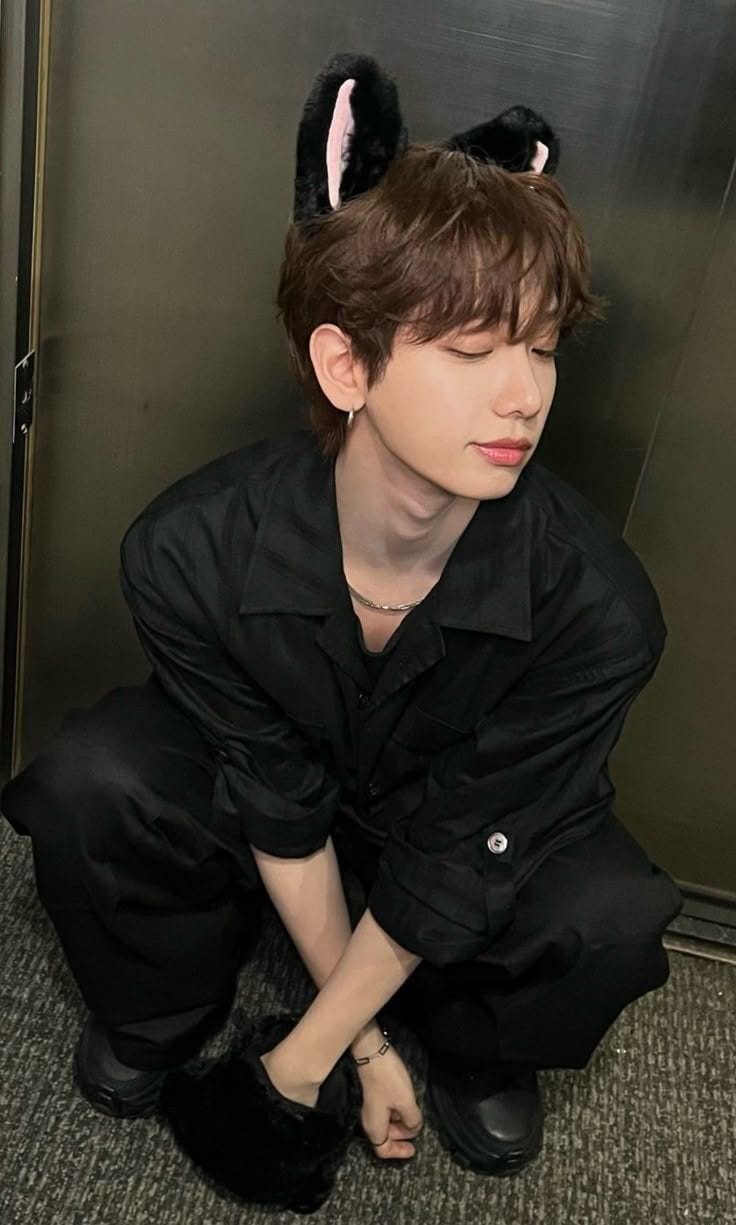
Endddddddd 😆
"I opened my textbook to study... and suddenly, a gust of wind flipped the pages like a drama plot twist 💨📖
Then Jahyun appeared in my imagination and said —
“Study well, or I’m leaving for another group 😔💔”
I collapsed emotionally, screamed “ANDWAE!!” 💀
But then he handed me a flashcard and whispered —
✨‘Only smart girls deserve K-pop boys.’✨
I didn’t choose study life… study life chose me.
Now I study like I’m in a revenge K-drama...
Plot: Topper girl steals the exam spotlight…
Ending scene: Teacher sobs, enemies gasp, Jahyun claps.
Me: “I’m not dramatic... I’m just academically heartbroken.”
🏆 Flashcards powered by tears, toppers, and Jahyun’s smile 💘"